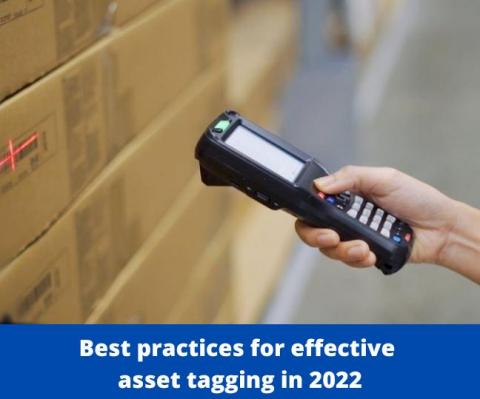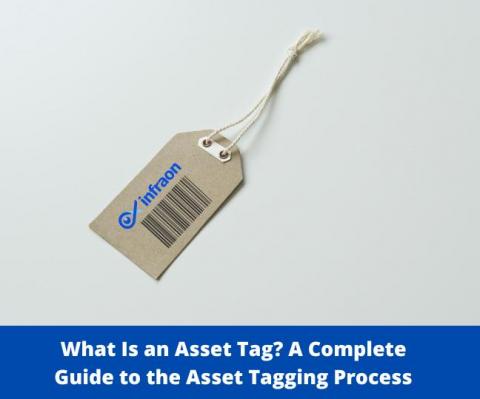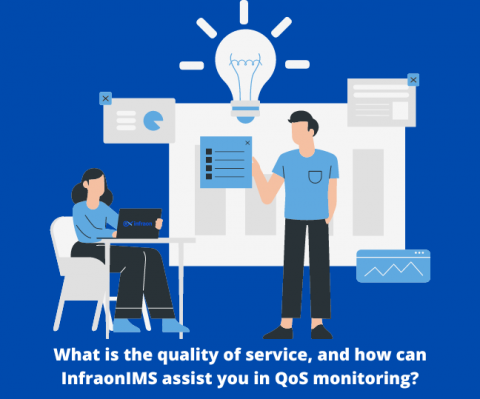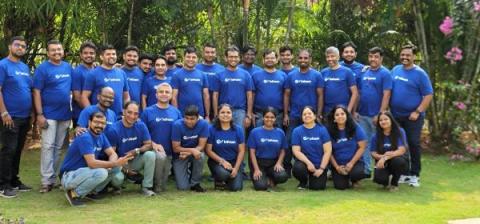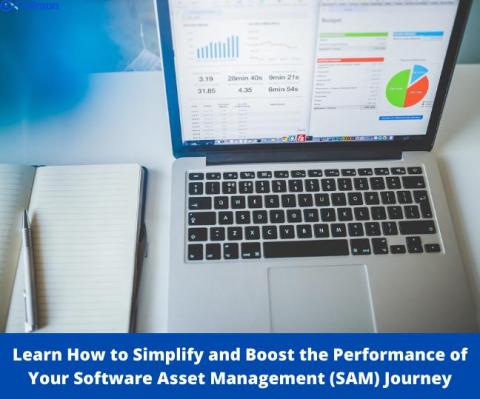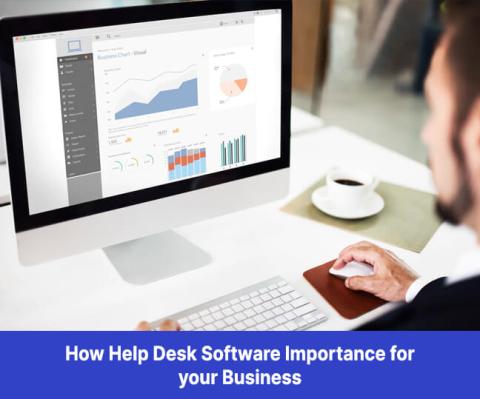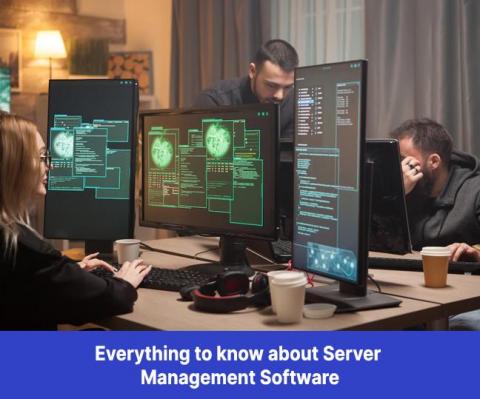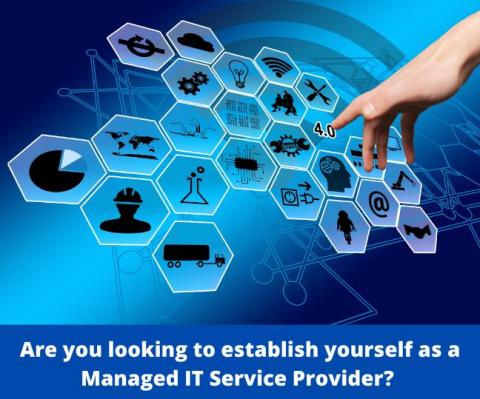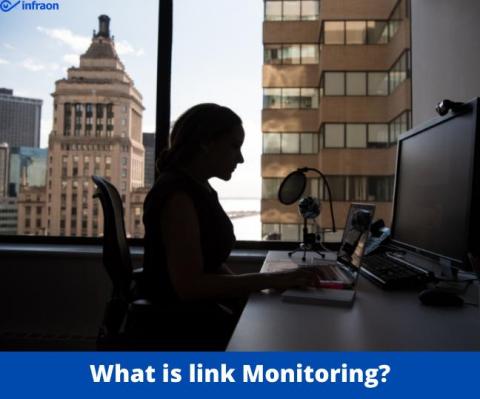Best practices for effective asset tagging in 2022
When your company has hundreds or even thousands of physical assets, it’s essential to know where these assets are located and their operational status. Otherwise, you have to deal with outages and compliance issues that can create drastic business implications. From computer monitors to industrial equipment, tracking and controlling your assets with asset tags is critical to your company’s bottom line.


